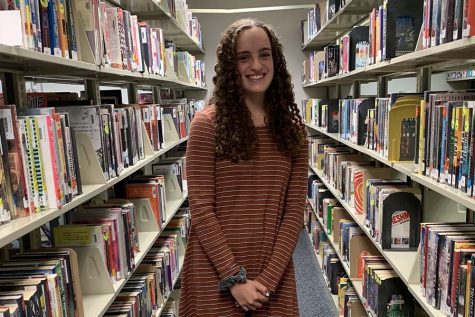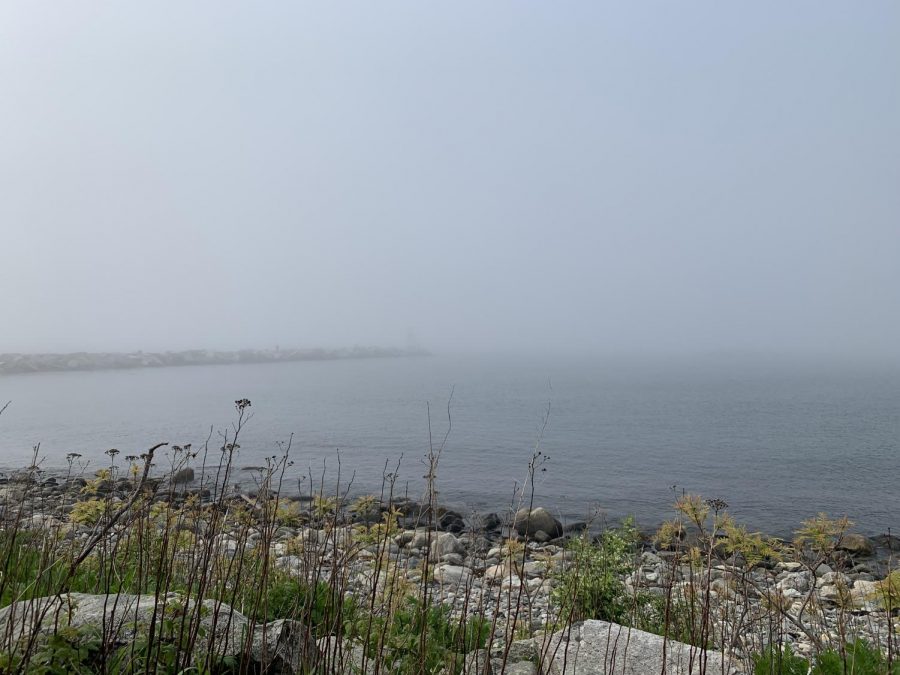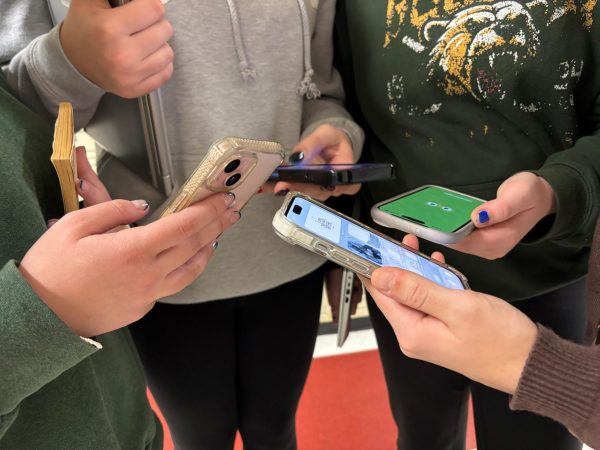A Hands On Learning Experience
The Marine Biology Field Trip
On May 30, 2019, Mrs. Welsh’s biology classes attended the Marine Bio field trip at Rye Harbor State Park and Rye Harbor Marina. The remaining biology students from Ms. Annis’, Mr. Galloway’s and Mr. Lambert’s classes attended earlier in the week. The students spend half their day on land and the other half of their day on a boat. On Friday the weather was much colder than everyone thought it would be. Some students planned ahead and brought extra layers and had to put them on. The morning was very foggy at the beach. Students couldn’t see a couple feet in front of them. The weather online predicted a nice sunny day.
On the land and boat, stations were set up to teach the students something about marine ecosystems. Stations are run by AP Biology, AP Chemistry and AP Statistics students. On the land, four stations were set up where students spent half an hour at each station. One was called Rocky Shore where students would go into the tidal pools to look for marine organisms. It often happened that someone would slip off a rock and their foot would go into the water, getting soaking wet. There were also stations to teach about sand, marshes, and a math station to study shoreline erosion. The stations about sand and marshes were down the road from Rye Harbor State Park and required a short walk. On the land, students also ate their lunch.
Earlier this school year, students prepared for the trip when they completed their marine biology research portfolios. In that project each student used evidence-based researching to learn and write about a marine organism. The students also spent time earlier this year participating in a video conference with Mote Marine Laboratories from Sarasota Florida. Mrs Welsh explains that the students spent “a significant amount of time studying both terrestrial and aquatic ecosystems in class and practiced evidence-based reasoning.”
Students took a 30 minute boat ride to Star Island, one of the nine Isles of Shoals, located seven miles off the coast of New Hampshire. Students didn’t get off the boat, but stopping near the islands gave a “relatively calm location” to do the stations. On the boat, there were five stations. The stations focused on navigation for the boat, wind speed and water depth, the bottom of the ocean, plankton, and the pH and salinity levels of the ocean. Students collected data for 15 minutes for each station. While going to the Isles of Shoals, marine instructors captured plankton using a plankton net. Also, the boat captain let out an otter trawl. This is a cone shaped net that goes along the bottom of the ocean for five to ten minutes that would collect some living marine life for students to look at. The organisms are placed in a small pool on the boat. On Friday’s trip, there were some lobsters, crabs, a flounder, sea stars, and other fish. All marine life was put back into the ocean.
“My favorite part of the trip is spending an entire day with my students and facilitating an opportunity that allows them to explore the natural world” Mrs. Welsh explained. Students really enjoyed the trip. They could hang out with their friends at lunch time and on the boat ride. “The boat ride is the best part” Hailey Barbour stated. The bus ride home was almost silent as everyone was exhausted from the busy day. “Hands down the coolest event of the year, figuratively and literally” Phil Molica explained. “This trip was the highlight of my sophomore year” Josh O’Melia stated.

Julia Gentili is 18 and a senior at GHS. She enjoys taking science and art classes at school. She also volunteers for Special Olympics. During her free...









Elijah Boisvert • Sep 5, 2019 at 9:17 am
Love this article – this brings me back to my sophomore year when I went on my Marine Bio trip with Mr. Galloway! The specific details about people and places really help me gather the story in my mind, and the quotes from students and teachers add a great personal element to the piece!
Tyler • Sep 5, 2019 at 9:13 am
Cool